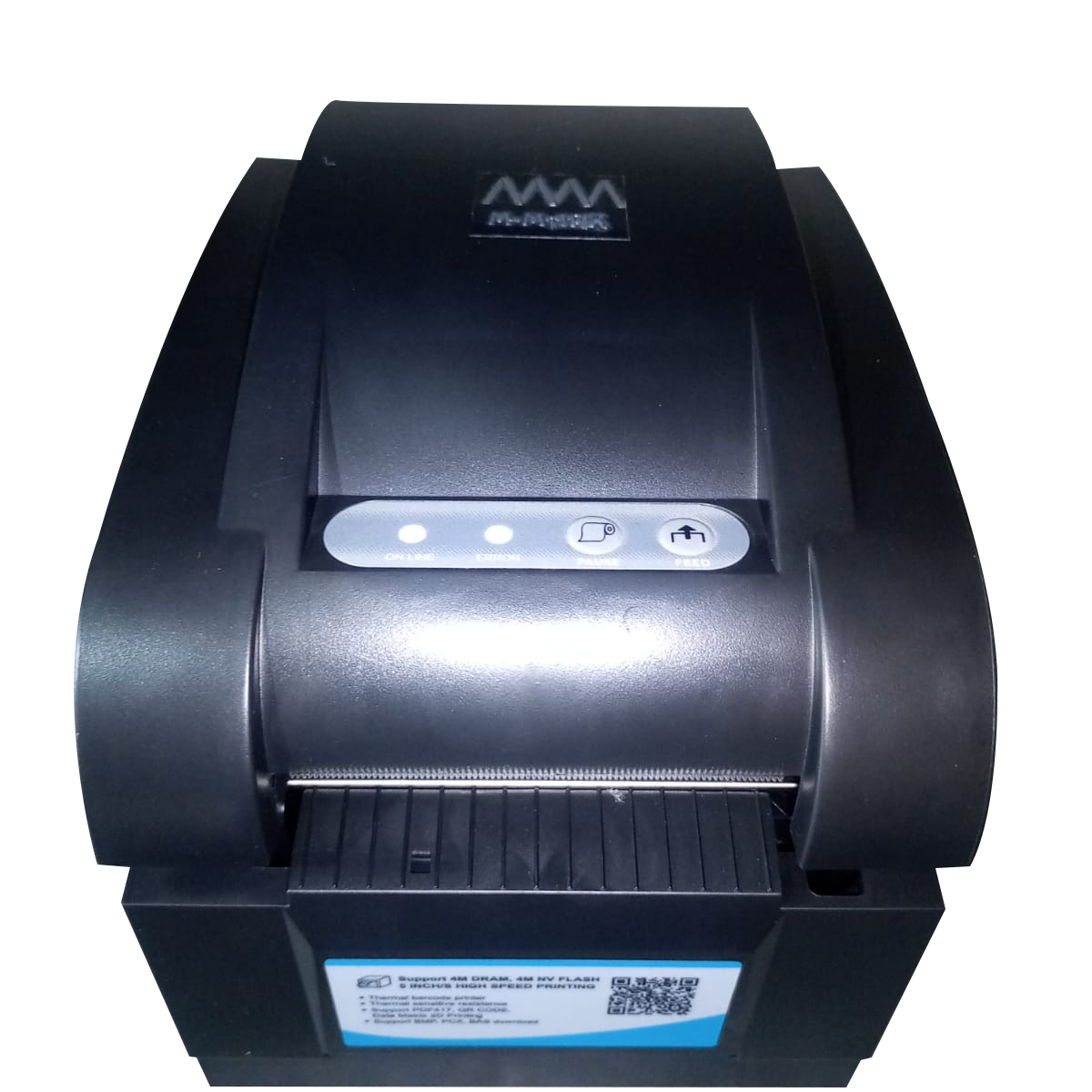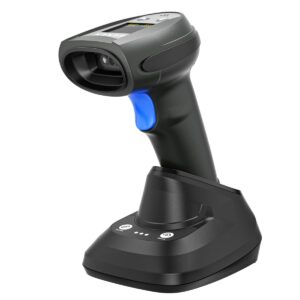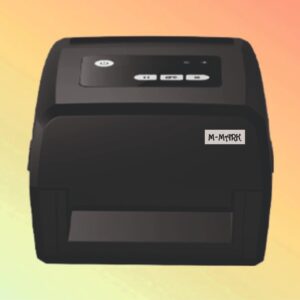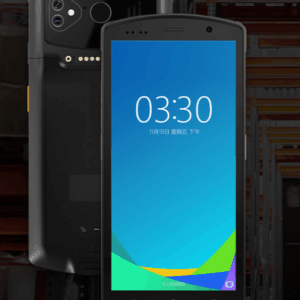Print Speed: Barcode printers often come with various printing speed options, ranging from a few inches per second to several inches per second, depending on the model and use case.
Print Resolution: The print resolution refers to the clarity and sharpness of the barcode output. It’s usually measured in dots per inch (DPI), and higher DPI typically means more detailed and accurate barcodes.
Connectivity Options: Common connectivity options include USB, Ethernet, Wi-Fi, and Bluetooth, allowing seamless integration with computers and other devices.
Barcode Symbologies: The printer should support a wide range of barcode symbologies, including popular ones like UPC, EAN, Code 39, Code 128, QR codes, and more.
Media Handling: The printer should be capable of handling various label sizes and types, including adhesive labels and tag materials.
Software Compatibility: Barcode printers often come with software or drivers that enable seamless integration with popular label design software or enterprise systems for easy label creation and printing.
Durability: Sturdy and durable construction ensures the printer can withstand demanding industrial environments.
User-Friendly Interface: ADepending on the use case, the printer may support different power options, such as battery operation or power adapters.
The M-Mark Mv 310 Barcode Printer combines speed, precision, and versatility to meet your printing needs. With its user-friendly interface, seamless integration, and reliable performance, it is the perfect choice for businesses looking for efficient and high-quality printing solutions.






